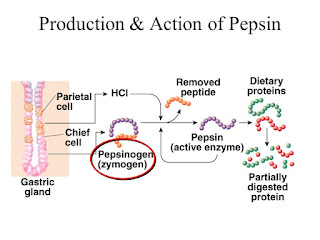Current Limitations of CAR-T Cell Therapy I - Antigen Escape
Antigen Escape
Antigen Escape is one of the most concerning challenges during the clinical development of CAR-T cell therapy. A robust initial response is often followed by a relapse in many trials. This is often due to the downregulation or the complete loss of target antigens on the tumor cells.
Introduction
Antigen escape describes the development of tumor resistance to a single antigen targeting CAR construct. After the initial encounter with the CAR-T cells, the malignant cells mutate and show partial or complete loss of the target antigen expression.
In patients with ALL treated with CD19-targeted CAR-T cell therapy, a downregulation or loss of CD19 antigens was observed.
In patients with myeloma treated with BCMA-targeted CAR-T cell therapy, a downregulation or loss of BCMA expression was observed.
In patients with glioblastoma, a solid tumor treated with IL13Ra2-targeted CAR-T cell therapy, a downregulation of IL13Ra2 expression was observed.
Improvement
How can we tackle the problem of antigen escape? Targeting multiple antigens using dual CAR constructs or tandem CAR (a single CAR construct targeting multiple antigens simultaneously).
Dual-targeted CAR
Patients with ALL and diffuse large B cell lymphoma treated with CAR-T cells targeting both CD19/CD22 have shown more minor relapse when compared to single target CAR-T cells treatment.
Patients with multiple myeloma treated with CD19/BCMA CAR-T cells have shown promising results and fewer adverse events when compared to single target treatment.
Tandem CAR
Patients with glioblastoma treated with tandem CAR-T cells targeting both HER2 and IL13Ra2 and patients with breast cancer treated with tandem CAR-T cells targeting both HER2 and MUC1 have shown better results when compared to single target treatment.



Comments
Post a Comment